Author: Waite, Gary K.
Publisher: Palgrave Macmillan
Year Published: 2003
Imagine being accused of making a pact with the devil, summoning demons, or abusing the sacred sacraments of the church. Imagine being tortured, burned, or hanged for these crimes.
This was the fate of thousands of people in Europe between the 15th and 17th centuries, who were persecuted as witches and heretics by both Catholic and Protestant authorities.
What caused this wave of hysteria and violence? How did religious, political, and social factors shape the beliefs and practices of magic and witchcraft in early modern Europe?
These are some of the questions that Professor Gary Waite explores in his book Heresy, Magic and Witchcraft in Early Modern Europe. In this book, Waite provides a clear and comprehensive overview of the historical and cultural context of witchcraft and heresy, from the late Middle Ages to the end of the Thirty Years’ War. He examines how the Reformation transformed Europe and challenged orthodox beliefs, how these new conflicts arising among Catholics and Protestants promoted intolerant views of the other, and how these views ultimately led to the witch craze.
The Medieval Cosmos and the Devil
Waite begins with an overview of religious beliefs during the late Middle Ages. He explains how the medieval cosmos was comprised of the sun, moon, and planets that circled the earth, while the stars were fixed. The primary elements at the time were earth, air, water, fire, and ether – the substance through which heavenly bodies traveled. These elements gave all things the moral properties of being hot, cold, moist, and dry – ranked in order of their virtue with hot being superior to cold. There was a hierarchical nature to how the universe was ordered with God and his spirits sitting at the top while the base matter was at the bottom. Humans, who were both spiritual and material because they had both a soul and a body, sat somewhere in between.
The Devil’s Changing Roles
Waite also describes how the concept of the devil evolved during this period. He traces how the devil was originally seen as a fallen angel who rebelled against God and was cast out of heaven, along with his followers. The devil’s main goal was to tempt humans to sin and lead them away from God’s grace. The devil could also take various forms, such as animals, humans, or demons, and could influence natural phenomena, such as storms, diseases, or famines. However, the devil was not omnipotent or omniscient; he was limited by God’s will and could be resisted by faith and prayer.
Learned vs. Popular Magic
Waite shows how different types of magic were practiced and perceived during this time. He distinguishes between learned magic and popular magic. Learned magic was based on ancient texts and secret lore that claimed to reveal the hidden secrets of nature and God. Learned magicians sought to manipulate natural forces and celestial influences through alchemy, astrology, numerology, or necromancy. They also claimed to have access to mystical knowledge such as the Corpus Hermetica (discovered to be a forgery in 1614), the Christian adaptation of the Jewish Cabala, and texts explaining how to use prayers and rituals to summon and command spirits.
Popular magic focused primarily on the moon and looked for more common results such as preserving fertility, restoring health, and manipulating human interactions and affairs. Popular magicians used charms, spells, potions, amulets, or talismans to achieve their goals. They also relied on folk traditions such as fairy tales, legends, or superstitions that explained natural phenomena or human behavior.
Forbidden Magical Practices
Waite argues that both types of magic were not necessarily seen as evil or heretical by most medieval churchmen. They were often tolerated as long as they did not harm anyone or interfere with God’s plan. However, some forms of magic were considered more dangerous than others. These included making a pact with the devil, attempting to summon demons, or abusing the sacraments of baptism or the Eucharist. These acts were seen as blasphemous and rebellious against God’s authority. They were also associated with certain groups that were deemed heretical by the church, such as the Cathars, Waldensians, Jews, or Muslims.
The Reformation and its Consequences
Waite then moves on to discuss how the Reformation changed everything11. He explains how Martin Luther’s challenge to the papacy in 1517 sparked a religious revolution that divided Europe into Catholic and Protestant camps. Luther rejected many aspects of Catholic doctrine and practice, such as indulgences, transubstantiation, the sacramental system, the clerical hierarchy, and papal authority. He also translated the Bible into German and encouraged people to read it for themselves. He emphasized salvation by faith alone and rejected any role for good works or human merit. He coined phrases such as “the priesthood of all believers” and “the freedom of a Christian” to express his vision of a more personal and direct relationship with God.
Waite shows how Luther’s ideas spread rapidly and inspired other reformers, such as Ulrich Zwingli, John Calvin, and the Anabaptists. He also shows how these ideas provoked fierce opposition and persecution from the Catholic Church, which tried to defend its authority and orthodoxy. The result was a series of wars, revolts, and massacres that tore Europe apart for more than a century.
How The Reformation Influenced Magical Practices
Waite argues that the Reformation had a profound impact on the beliefs and practices of magic and witchcraft. He claims that the Reformation created a more polarized and intolerant climate that increased the fear and hatred of the other. He also claims that the Reformation undermined the traditional worldview that had supported magic and opened the way for a new one that was more rational and scientific.
Waite illustrates his argument by examining how different regions and groups dealt with witchcraft and heresy in the aftermath of the Reformation. He compares and contrasts the cases of Germany, France, England, Scotland, Spain, Italy, and the Netherlands. He analyzes how factors such as geography, politics, culture, law, and theology influenced the severity and frequency of witch trials and executions. He also highlights some of the most famous and infamous examples of witchcraft and heresy, such as the Malleus Maleficarum, the Witches’ Sabbath, the Spanish Inquisition, the Salem Witch Trials, and the trial of Galileo.
The Strengths and Weaknesses of Waite’s Approach
Waite’s book is a valuable contribution to the study of witchcraft and heresy in early modern Europe. It is well-written, well-researched, and well-organized. It covers a wide range of topics and perspectives and provides a wealth of information and insight. It is also accessible and engaging for both academic and general audiences.
However, the book is not without its flaws. One of them is that it sometimes lacks depth and nuance in its analysis. Waite tends to present a rather simplified and generalized picture of complex and diverse phenomena. He sometimes overlooks or downplays the variations and contradictions that existed within and between different regions and groups. He also sometimes relies on outdated or questionable sources or interpretations that have been challenged or revised by more recent scholarship.
Another flaw is that it sometimes lacks balance and objectivity in its evaluation. Waite tends to favor a more Protestant and secular view of history and to criticize a more Catholic and religious one. He sometimes portrays the Reformation as a positive and progressive force that led to enlightenment and modernity, and the Catholic Church as a negative and regressive force that led to ignorance and superstition. He also sometimes exaggerates or sensationalizes the extent and impact of witchcraft and heresy, especially in relation to violence and persecution.
Overall, Waite’s book is a useful and informative introduction to witchcraft and heresy in early modern Europe. It offers a clear and comprehensive overview of the historical and cultural context of these phenomena, as well as some interesting stories and examples. However, it also has some limitations and biases that should be taken into account by readers who want to have a more complete and balanced understanding of these topics.

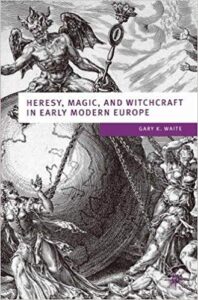
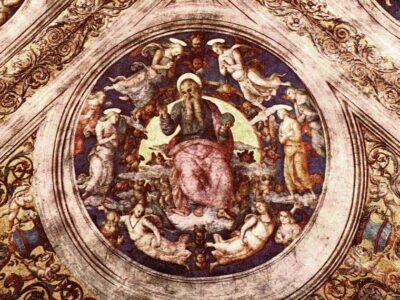
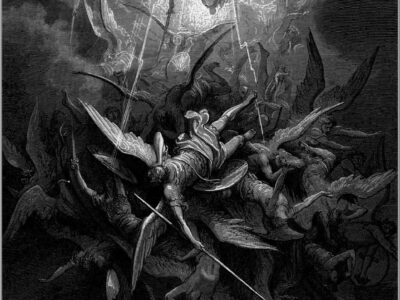
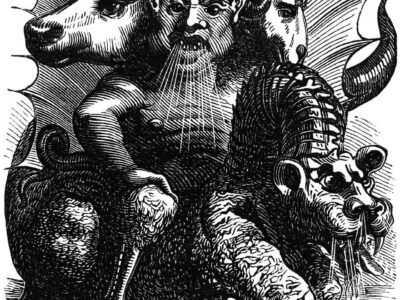
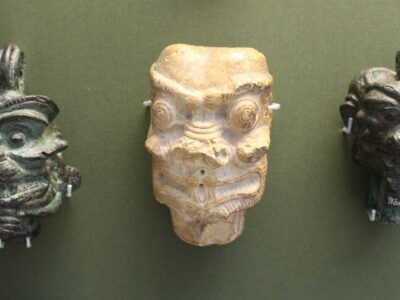
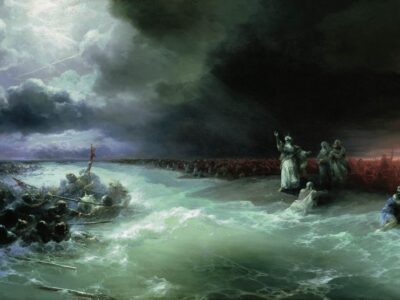
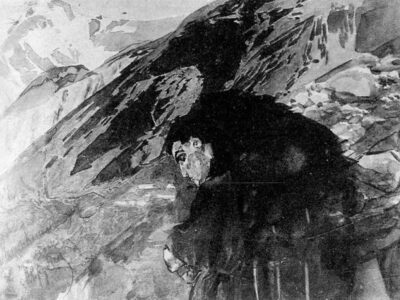
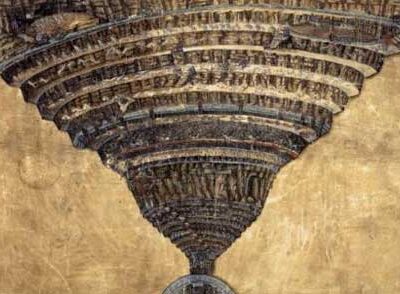
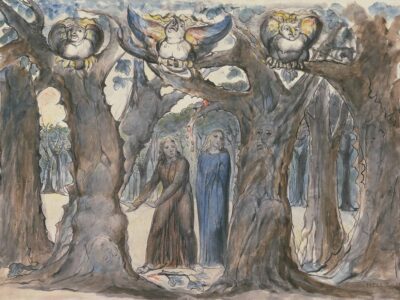
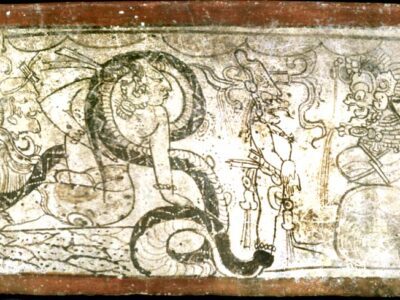
 Lost Christianities: The Battles for Scripture and the Faiths We Never Knew
Lost Christianities: The Battles for Scripture and the Faiths We Never Knew